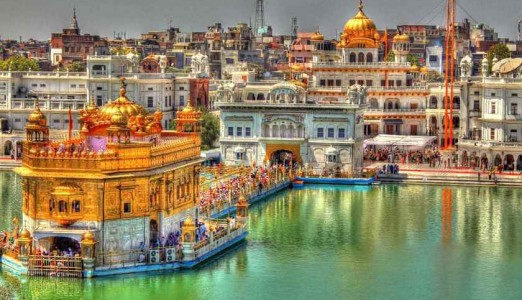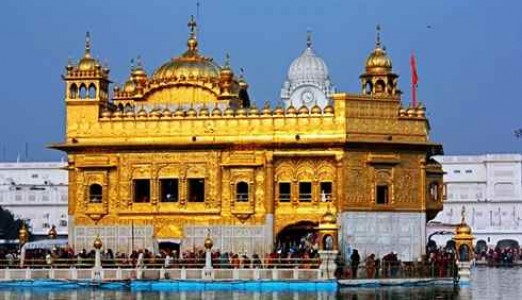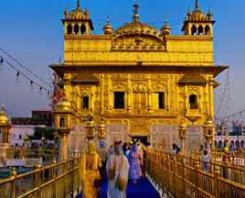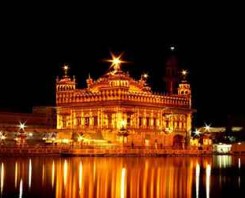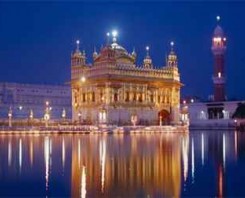Plan Your Trip
Golden Temple or Harmandir Sahib, as the temple is traditionally referred to, is one of the most sacred sites for the Sikhs. Every year a large number of visitors come to see the exquisite temple complex and seek divine blessings from the pious place. A visit to Amritsar is incomplete without visiting this glorious site which houses the original Guru Granth Sahib- the holy book of the Sikhs. What makes the place all the more gorgeous and worth exploring is the surrounding marked by the scenic Amrit Sarovar which adds to the site’s piousness and beauty. More importantly, the fact that people of all religions and all walks of life visit the temple makes it a symbol of humility, equality, and diversity.
History of Golden Temple
It was in 1577 AD that the 4th Sikh guru, Guru Ram Dass Ji, began the work of digging the Amrit Sarovar on the advice of the 3rd Sikh Guru, Amar Dass Ji. Later in the year 1588, the 5th Sikh Guru, Guru Arjan Dev Ji, began with the construction of the temple complex around the pious lake that was dug but not yet filled with water. Finally, in the year 1604, the Holy Scripture was installed in the sanctum sanctorum, marking it as a sacred site. Over the years, the temple went through a lot of destruction and rebuilding as a result of the attacks caused by the Mughal rulers. The gold foil that gave Harmandir Sahib its popular name i.e. the Golden Temple was laid on the temple in the year 1830 which made the exquisite complex all the more popular and a striking element of the city which in today’s times is one of the most loved tourist destinations in the country.
Architecture of Golden Temple
The Golden Temple is a beautiful example of Sikh architecture. The temple complex is constructed around a sacred lake and consists of several buildings like the sanctum, Akal Takht, etc. The sanctum is adorned with gold foil that makes it a sight to behold. Moreover, the very construction of the temple is very thoughtful in terms of the ideals that it stands for. The temple is constructed at a level lower than the surrounding area as a symbol of humility. Similarly, the four entrances to the complex built in four different directions are symbolic of the temple being open to people of all religions, beliefs, and social strata, making its architecture pretty impressive.
 Recognised by Ministry of tourism
Recognised by Ministry of tourism
